OXIGEN salud
Mechanical ventilation
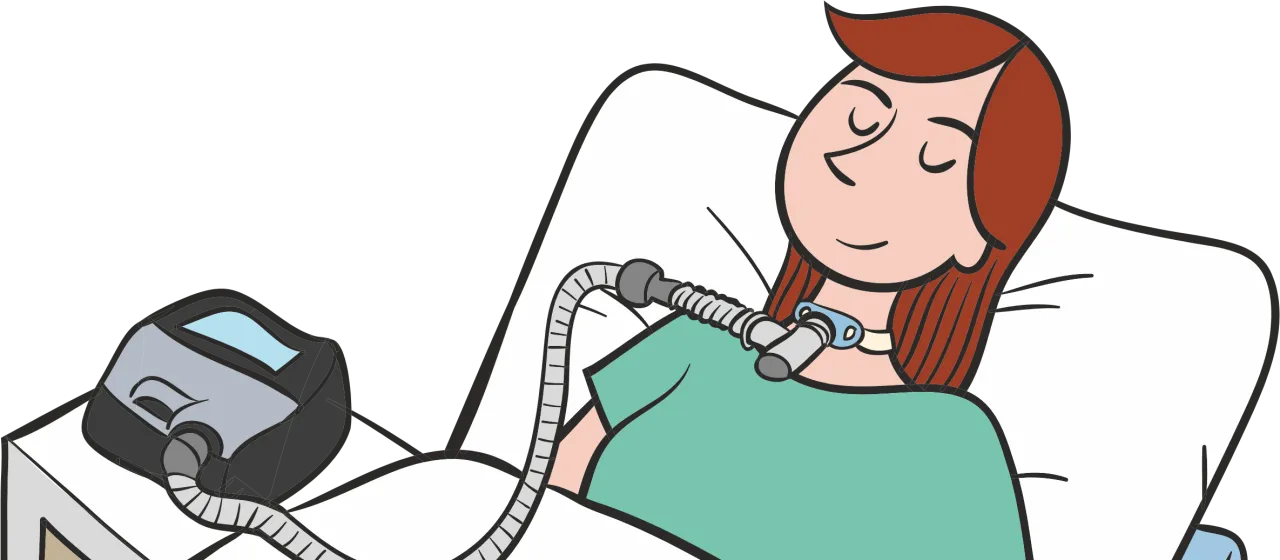
OXIGEN salud
Mechanical ventilation
Invasive mechanical ventilation (IV) is carried out in the home through an endotracheal tube or a tracheostomy: an opening made surgically in the trachea to create an airway, to which a tracheostomy tube is attached. This tube is then connected to a positive airway pressure ventilator. In patients with progressive neuromuscular disorders and bulbar palsy, or in patients with conditions for which non-invasive access is ineffective, a tracheostomy is the only solution for long-term ventilation.
The aim of home mechanical ventilation via tracheostomy (HMVT) is to maintain, prolong and improve the patient’s quality of life, reduce morbidity and maintain physical and mental functions, as well as encourage growth and development in paediatric patients.
A tracheostomy is an artificial, invasive route for accessing the airways that can be maintained for a long period. As well as being used for ventilation, it ensures direct access to respiratory secretions, thus preventing any obstruction in the upper airways. It also removes the need for a face or nasal mask and is a safer system when support is needed between 16 and 24 hours per day.
Its disadvantages include the risk of infection, irritation around the tracheostomy area, increased secretions initially, the greater amount of care required as secretions need to be eliminated (through suctioning or a mechanical device for coughing), and the higher cost of equipment and supplies. In addition, special care is needed for talking through a speaking valve.
Tracheostomy cannulas can be made of different materials (metal, plastic or silicone), cuffed or cuffless, and fenestrated or non-fenestrated. In all cases, having an easily removable inner cannula is recommended so that it can be cleaned and there is no need to remove the whole cannula if there is an obstruction due to mucus build-up.
Fenestrated cannulas are indicated for patients on part-time mechanical ventilation; in these cases, when they are not on ventilation, the fenestrated inner cannula will be attached, the balloon will be deflated (in the case of a cuffed cannula) and a lid or filter will be placed on the mouth of the cannula. An attempt will be made to carry out the mechanical ventilation with cuffless cannulas, as long as the degree of bulbar palsy and the patient’s characteristics allow for this. By definition, cuffless ventilation involves leaks. Using a cuffless cannula can enable full-time HMVT patients to speak if their bulbar function is good enough.
In cases where ventilation via cuffless cannula is ineffective or the leaks into the upper airway cause too much discomfort for the patient, several alternatives are available: use of a wider cannula, ventilation via cuffed cannula with its balloon deflated and, as a last resort, ventilation via cuffed cannula with its balloon partially or entirely inflated.
The ventilator used may be volume-controlled or pressure-controlled. It is important to remember that, with the pressure-controlled mode, excessive leaks may interfere with the cycling.
The following is needed for invasive mechanical ventilation:
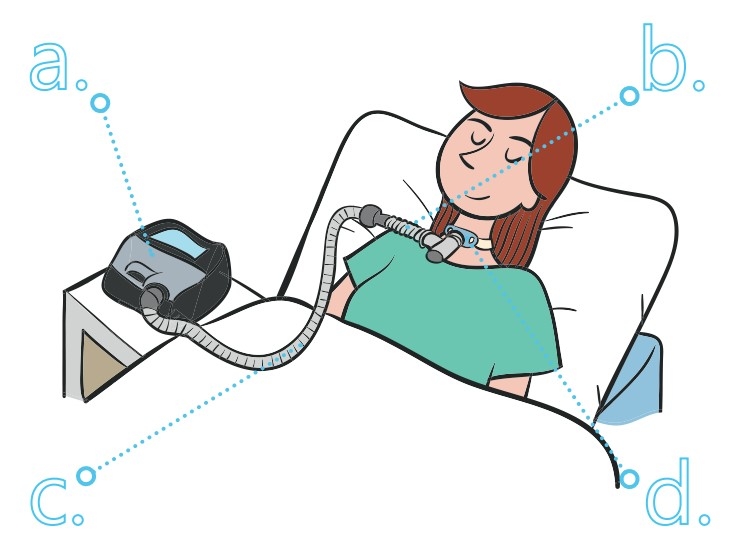
Place the ventilator on a bedside table, near the headboard, so that it cannot fall over during sleep.
Make sure you do not place the machine somewhere where someone might bump into it or trip on its power cable.
Ensure the area around the machine is clean and dry.
The machine should be positioned so that nothing is obstructing the air inlet at the back of the ventilator. Connect one end of the power cable to the ventilator and plug the other into the mains.
A light will come on to indicate that the ventilator is plugged in.* Connect the tubing to the tracheostomy cannula and the humidifier if this has been prescribed.
* This depends on the model of the machine. Check the instruction manual.
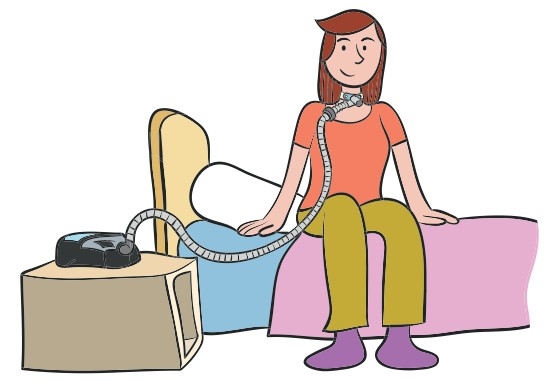
Remember that the cannula must be cared for properly to ensure that the airway stays permeable and the tracheostomy cannula does not come out, and to prevent complications (especially respiratory infections).
Tracheostomy cannulas are made up of inner and outer tubes. The outer tube or cannula is equipped with ties, which wrap around the patient’s neck. The inner tube or cannula is found inside the outer cannula and can be removed for cleaning.
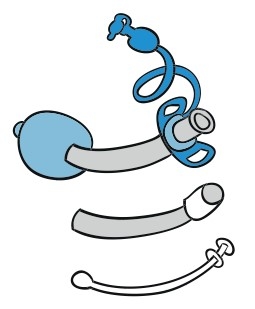
The tracheostomy cannulas may be equipped with a balloon, which fixes the tube in place and seals the airway to prevent air leaks.
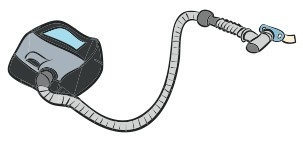
Connect one end of the tubing to the ventilator and the other to the connector on the tracheostomy cannula.
Turn the machine on and breathe normally.
Adjust the tubing so that it is comfortable for the patient and they can move freely.

When the patient is not connected to the ventilator, the tracheostomy humidifier can continue to be used to maintain a suitable level of moisture in the airway.
This procedure is not risk-free and its complications can arise in the short or long term.
Correctly treating tracheostomy, from taking care of the stoma to secretion suctioning is paramount to avoid them.
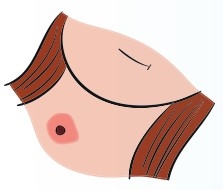
This means keeping the stoma clean once the cannula has been removed, cleaning the mucous and the skin with a sterile gauze, a saline solution or an antiseptic such as povidone-iodine. Let dry. Periodically check the stoma for reddening, signs of infection, bleeding...
Apply a light layer of antacid solution (almagate, antacid or other products available) on irritated areas.
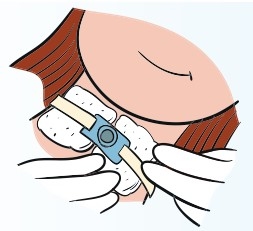
Once the stoma is clean, place the cannula again. Place clean gauzes or bibs between the patient’s skin and the cannula to get rid of the humidity of secretions and help keep the area clean and dry for as long as possible.
Shall we call you?